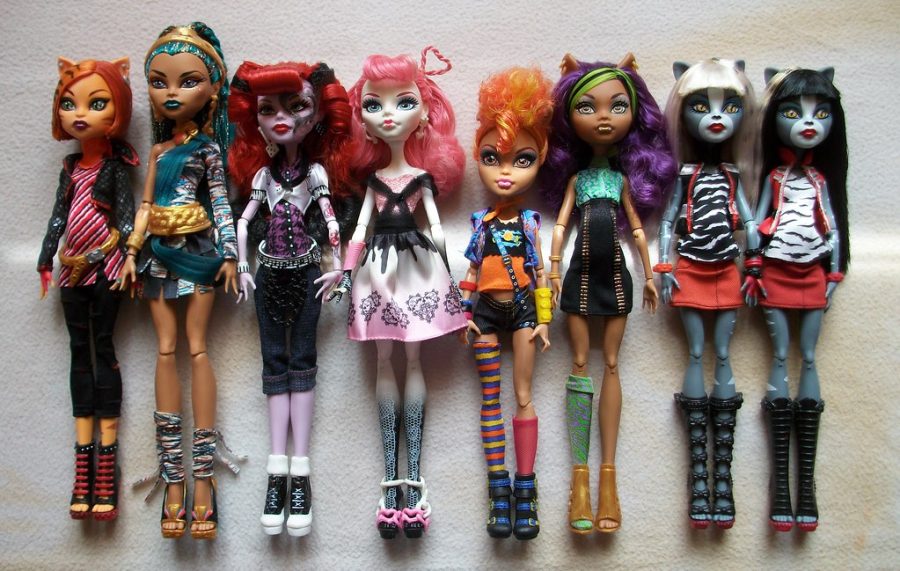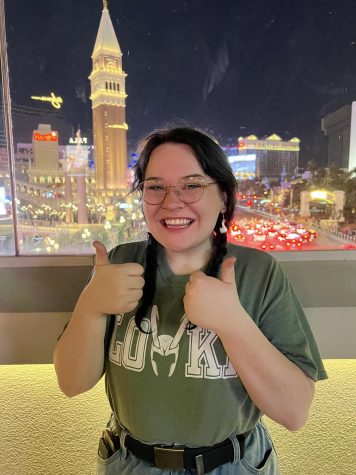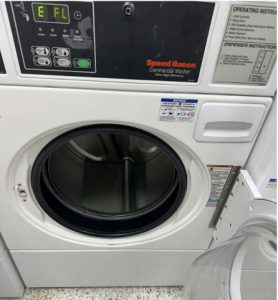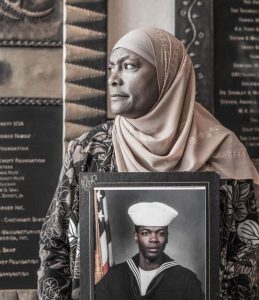Monster High is a staple for diversity and inclusion for young girls
Laken Kincaid discusses the initiative Monster High has taken in progressive children’s media.
Oct 20, 2022
Monster High is a “freaky, chic and fly” toy and entertainment brand that has continuously influenced audiences for more than a decade. While other doll brands like Barbie and Bratz have catered to traditional ideas of femininity and “girl power,” Monster High preaches that it is important to embrace your “freaky flaws” and enjoy your own individuality. For young girls growing up in the mid to late 2000s, this type of trademark was a pivot to the more diverse media that we see today with the slogan “be yourself, be unique, be a monster!”
This campaign, which originally started as a doll brand by Mattel in 2010, created a series of personas with varied identities. For example, the character Clawdeen Wolf is canonically racially ambiguous, represented by her half-werewolf, half-human background, and bisexual. Frankie Stein was recently confirmed to be gender nonconforming and autistic. Draculaura is a vegetarian vampire, showing diversity in its own right, and has a new, revamped design showing that she is plus size. This was a huge change from the previous environment of children’s entertainment, which consisted of the conservative view of women in society.
“Looking back to past children’s media, we see bias built into the tv shows that children are exposed to,” Selen Zarrelli, the director for John Carroll’s Center for Student Diversity and Inclusion, told The Carroll News. “These biases impact the children when they are most vulnerable and open to learning. It is important to continue to unlearn these biases and have an accurate representation of people and cultures.”
Eventually, Monster High became an online web series that soon evolved into a television show. The franchise quickly rose in popularity becoming a multi-million dollar brand. As its traffic grew, so did its representation.
One character that joined the cast in the mid 2010s is Finnegan Wake, a merman who uses a wheelchair. In the movie “Scaris: City of Frights,” the audience is also introduced to Skelita Calaveras, a monster from “Hexico” and Jinafire Long from China, each embodying important aspects of their home country’s culture.
With the success of Monster High, many brands later amplified their DEI mission such as Barbie releasing their new merchandise featuring dolls that represent different racial identities, have prosthetic limbs and range in a variety of body types.
Albeit in the late 2010s, Monster High started to fizzle out as spinoff brands like Ever After High gained traction. In 2018, the doll line was discontinued. Yet, early in 2022, Nickelodeon announced that it would be reviving the series with a new live-action movie. While the movie has been hit with some backlash, particularly from older fans who prefer the 2010s design and plot, it continues to further diversity initiatives across children’s media. Zarrelli stated that this is important because it helps children learn about different values and understanding different “ethnic-racial groups and beyond.”
“The past implications of the lack of representation have real-world implications on people and how we see bad, good, normal or different,” Zarrelli continued. “The representation should be in all forms, especially in books for me and my son. It is crucial that we can read stories that are similar to an immigrant family, and he can see himself in them.”
From main members of the cast representing racial minorities, to newer personalities being members of the LGBTQIA+ and disabled community, this brand shows a transition from a more traditional form of children’s entertainment to an avenue for equal representation. Zarrelli says that it is important for brands to understand their influence on the younger generation so that they can adequately address these issues.
“I am hopeful in general and as I mentioned, being aware of the problem is the first step to resolving it,” Zarrelli ended. “I am looking forward to seeing more realistic films that aren’t filled with stereotypes or cookie-cutter portrayals. Content writers use their influence to create stories that will stir away from implicit bias and have the opportunity to elevate inclusion.”













